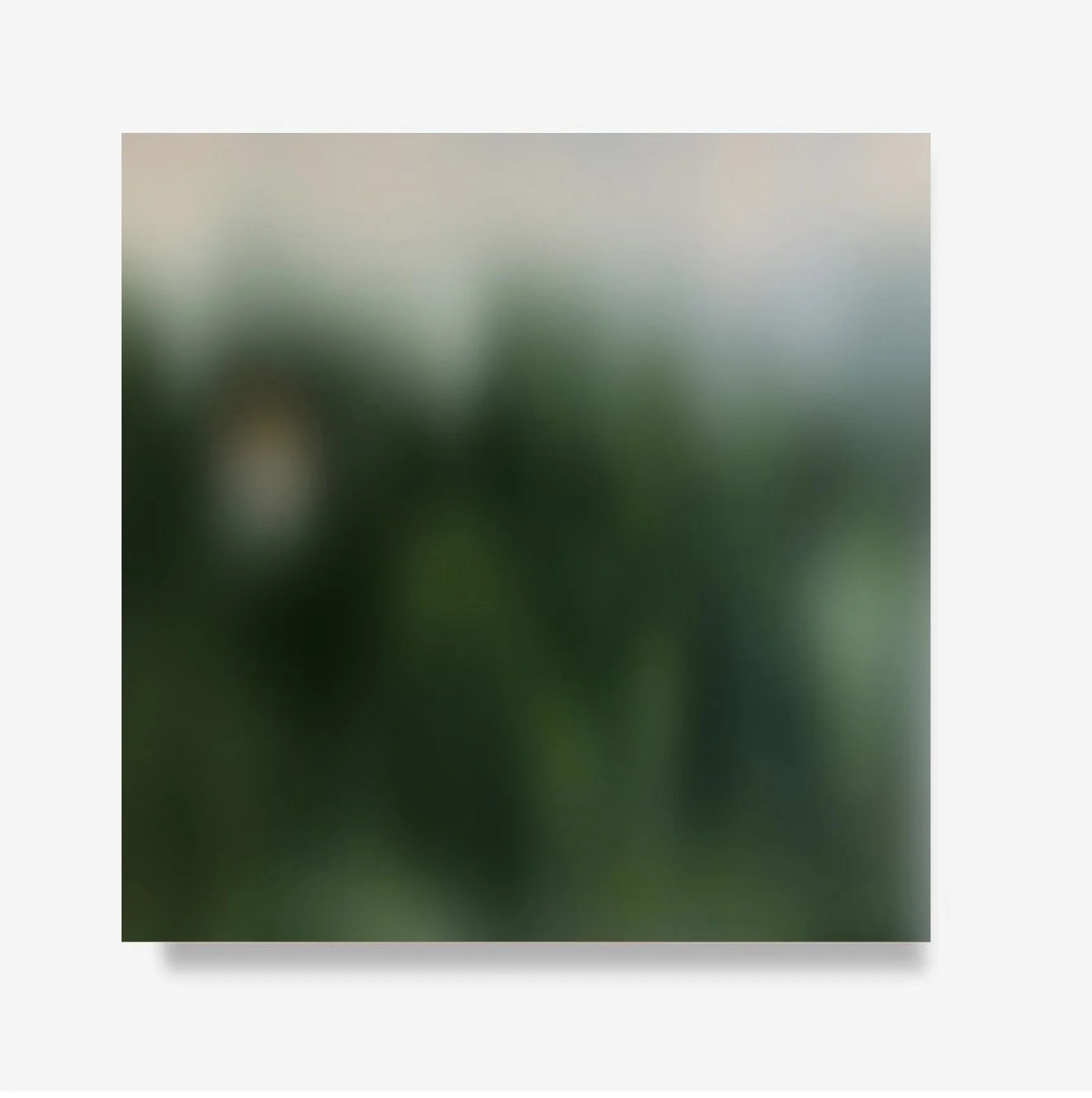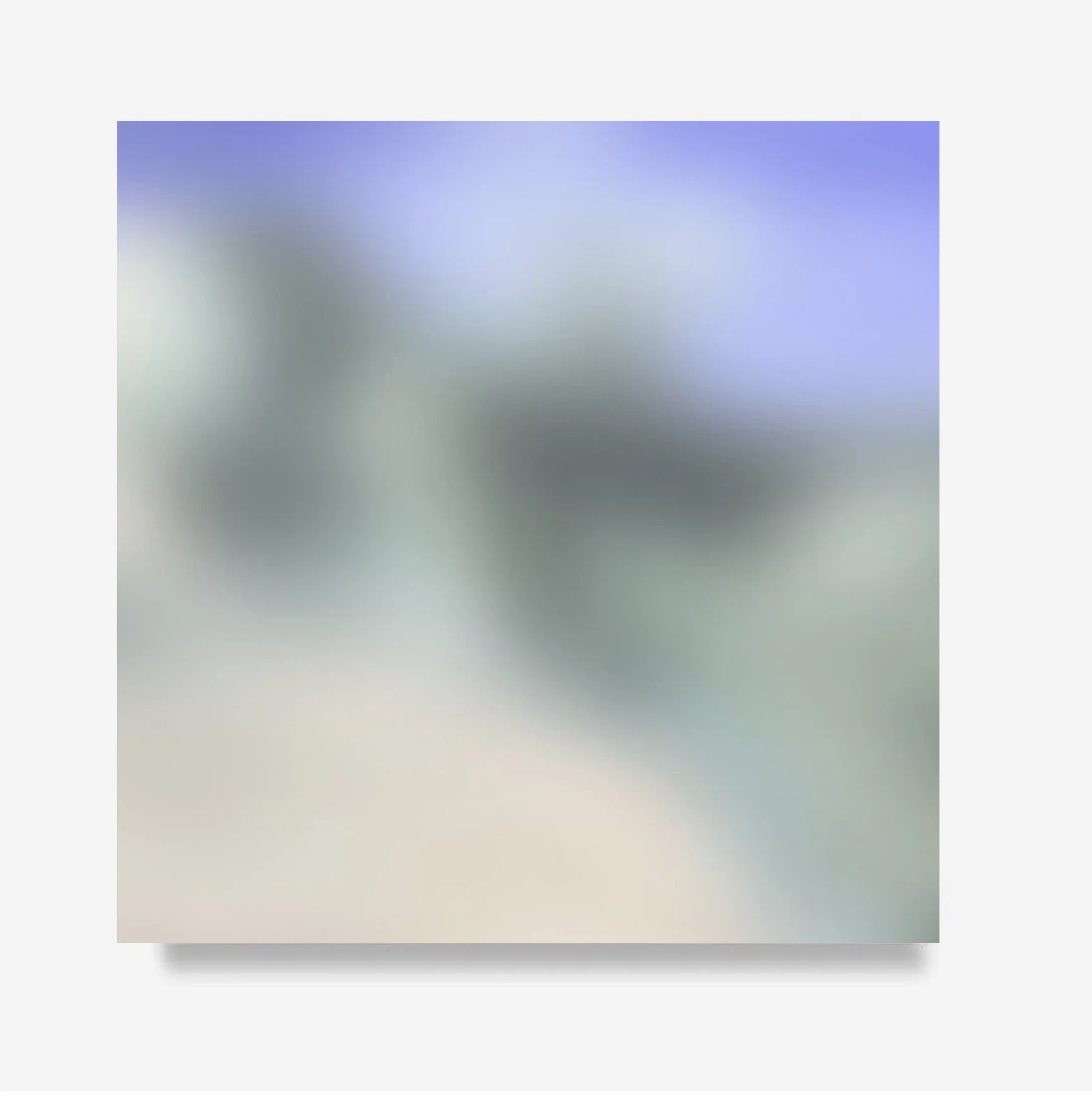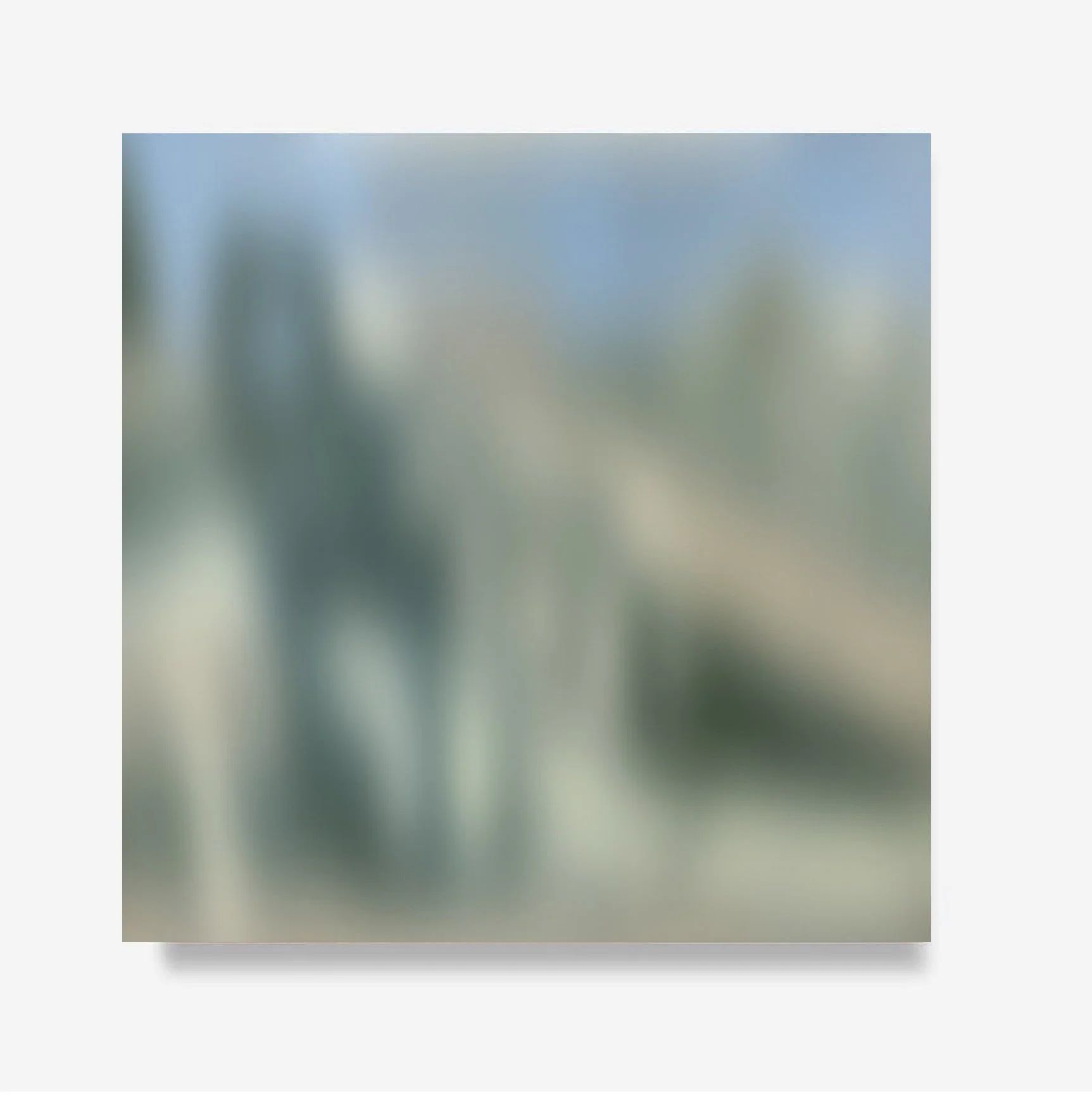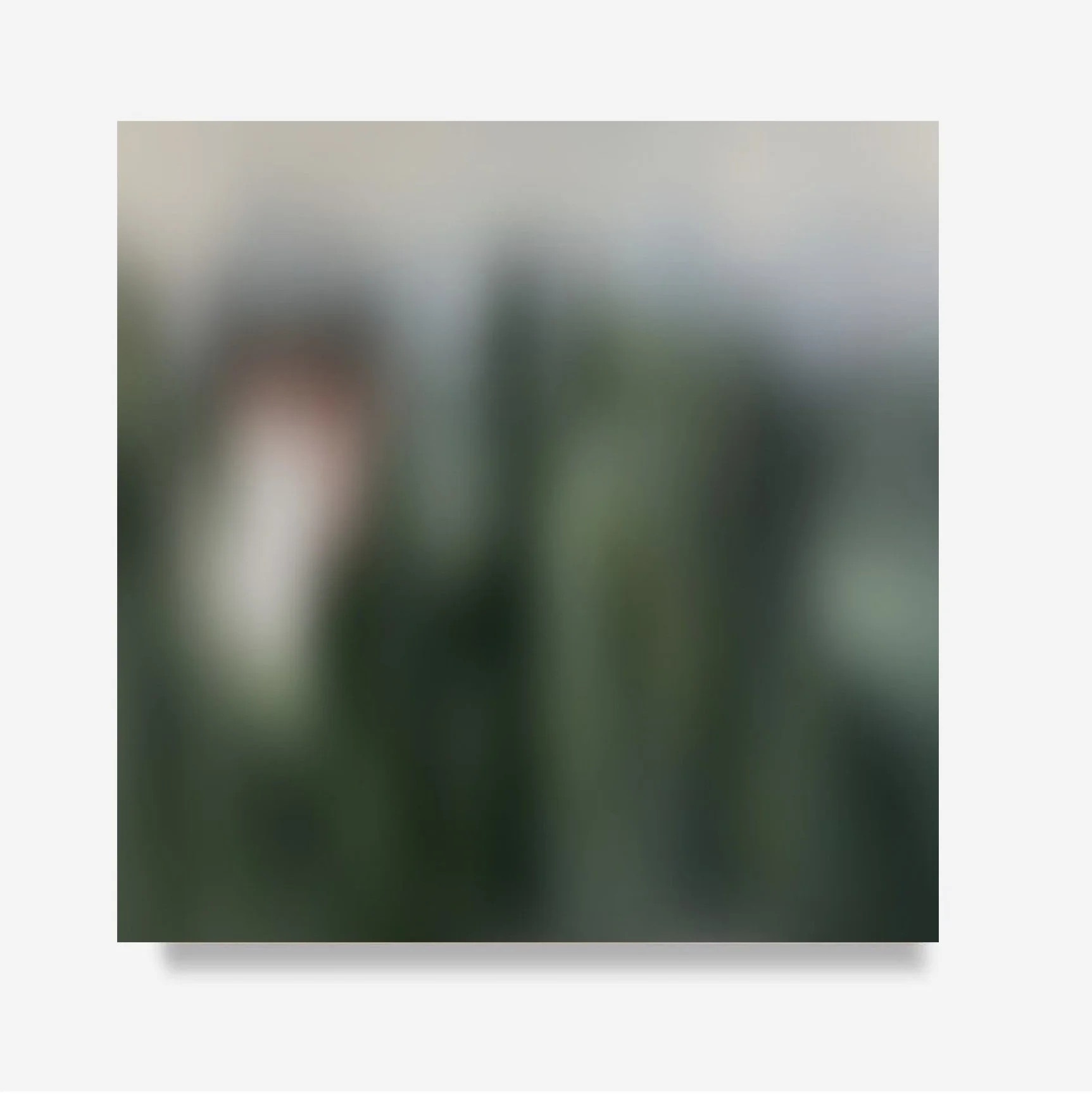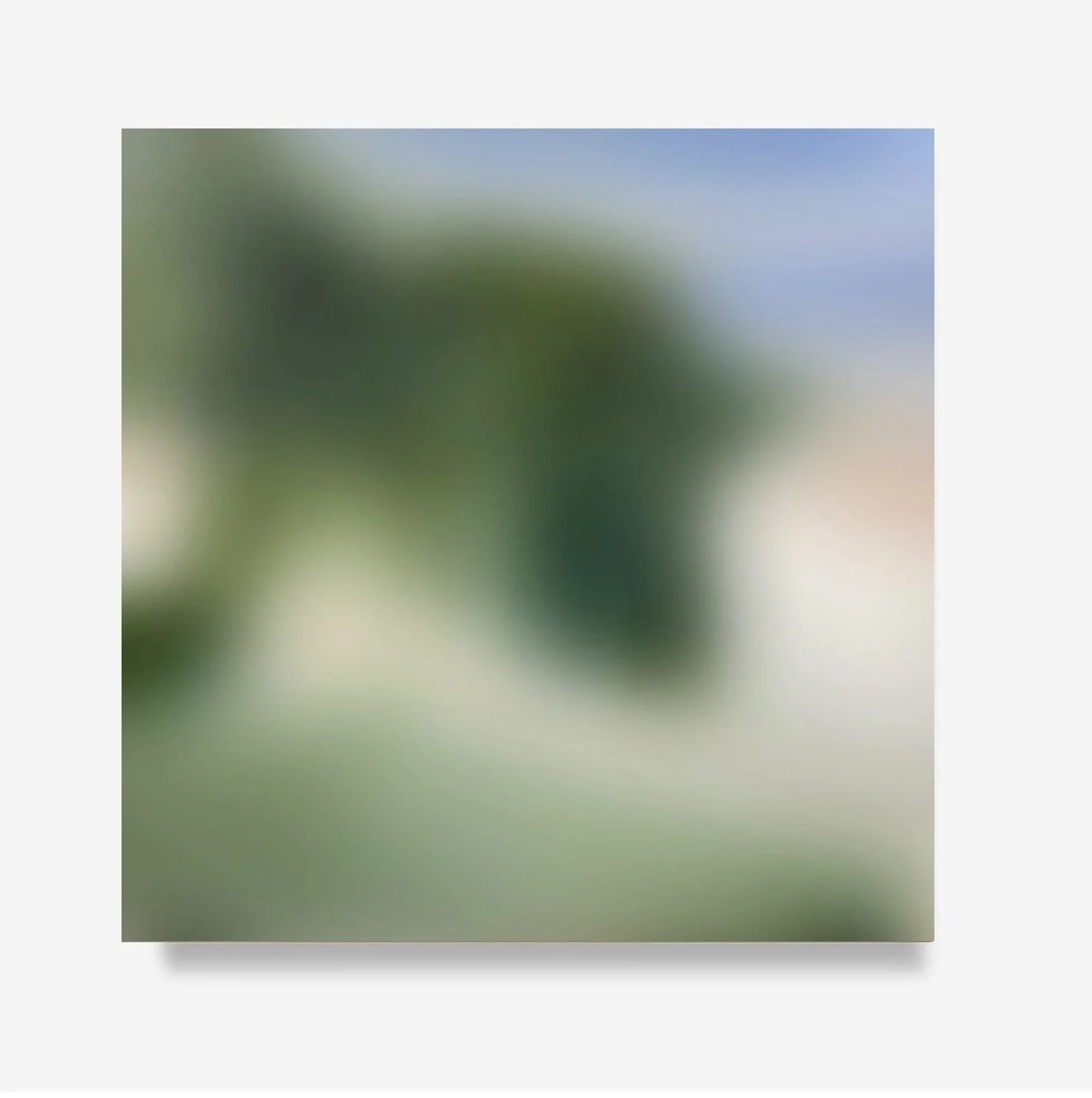PAESSAGES, FINDING MORANDI
Conceptualized through both painting and photography, Paessages, Finding Morandi is a transformational study of the late landscape paintings (1933-1964) of Bolognese painter Giorgio Morandi as he reached a point of total abstraction within his artistic vision.
I am reminded again that what one envisions, as either artist or viewer, is what one sees in one’s own life.
I discovered the landscape paintings of Giorgio Morandi in 2020, which not unlike his still life paintings, consist of spatial compositions procured from emotive palettes of tonal reds, blues, greens, and whites as well as provocative scale.
Floor plans for the location and color (John Baldessari ).
I am transfixed by the symmetry of Morandi’s outwardly modest life, and the poetic complexities evoked from within his elegant expressions of place. Although to the naive eye he painted seemingly “the same things in the same ways” throughout his life, Morandi worked within a modernist vision, reaching toward full abstraction in his painting through to the end of his life, confiding shortly before his passing in 1964, “ I have some new ideas that I would like to try out.”
Conceptualized in large-scale oil paintings of light and space re-created in tonally subtle palettes expressive of Morandi’s original color and presence, and inspired by his landscape paintings of Grizzana Morandi, Italy, in this project I worked with a series of eight large oil paintings over eighteen months. Afterward, living amongst the largess of these paintings together in the studio for some time, I began to photograph them intuitively, using specific vantage points and aperture settings until I fell upon a state of visual flux alluding both to the feelings elicited from Morandi’s landscapes, and my own personal concepts of place and being.
For me, these photographic abstractions lend a critical component to questions I confront arising from the interstice of realism and abstraction in my current work. Inwardly, they reflect a “bright, fresh, light”of what I envision to have been Morandi’s beloved Bologna, postured today from the coast of Maine.
